Low and slow isn’t a method of cooking, it’s the heart and soul of true BBQ and classic braises. Think about it: that bark-covered brisket that flexes so well in your hand, those ribs with meat that strips off the bone slickly, that pulled pork so tender it doesn’t even need teeth—none of it is an accident. It is because temperature and time work their magic together.
But why, why, WHY does the magic work? Why can’t you simply turn up the heat to high and get the same return? (Suggestion: You’ll have shoe leather.) It’s a matter of science, timing, and—be honest—Obsession. Collagen to smooth gelatin, fat to liquefied gold, smoke or spice seeping into every pore.
In this piece, we’ll break it down:
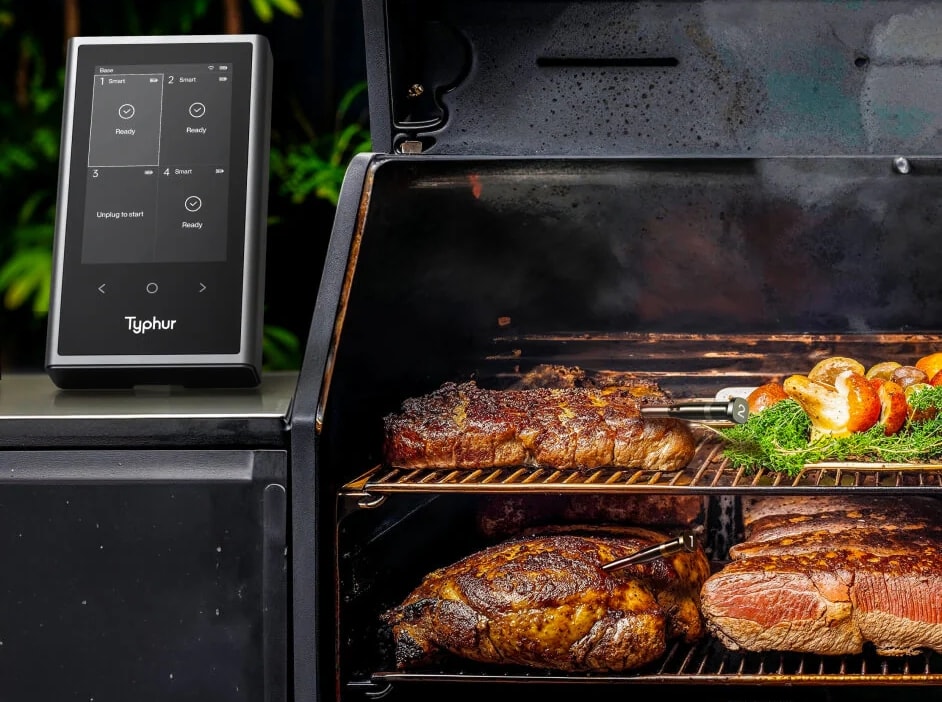
If you’ve ever wondered why your ribs are tough or your pot roast is stringy, you’re about to get the answers—and the confidence to low-and-slow like a pro. Fire up the smoker or dust off the Dutch oven. Class is in session.
What is Low and Slow Cooking?
So what exactly do we mean by “low and slow”? Low and slow cooking refers to the act of cooking food slowly over long periods of time at low temperatures. It is particularly applicable to tougher cuts of meat that require breaking down the collagen and connective tissue to soften them.
“Low” means cooking at temps where your meat won’t panic. We’re talking 225°F to 275°F (107°C to 135°C)—the kind of heat that doesn’t sear, but persuades. At these temps, you won’t get that instant crust (that’s Maillard’s job, and he clocks out around 300°F). Instead, you’re working with the meat’s own structure, melting collagen into silky gelatin over hours. That’s why BBQ rubs are bold and smoke is non-negotiable—because without high-heat browning, flavor needs a backup plan.
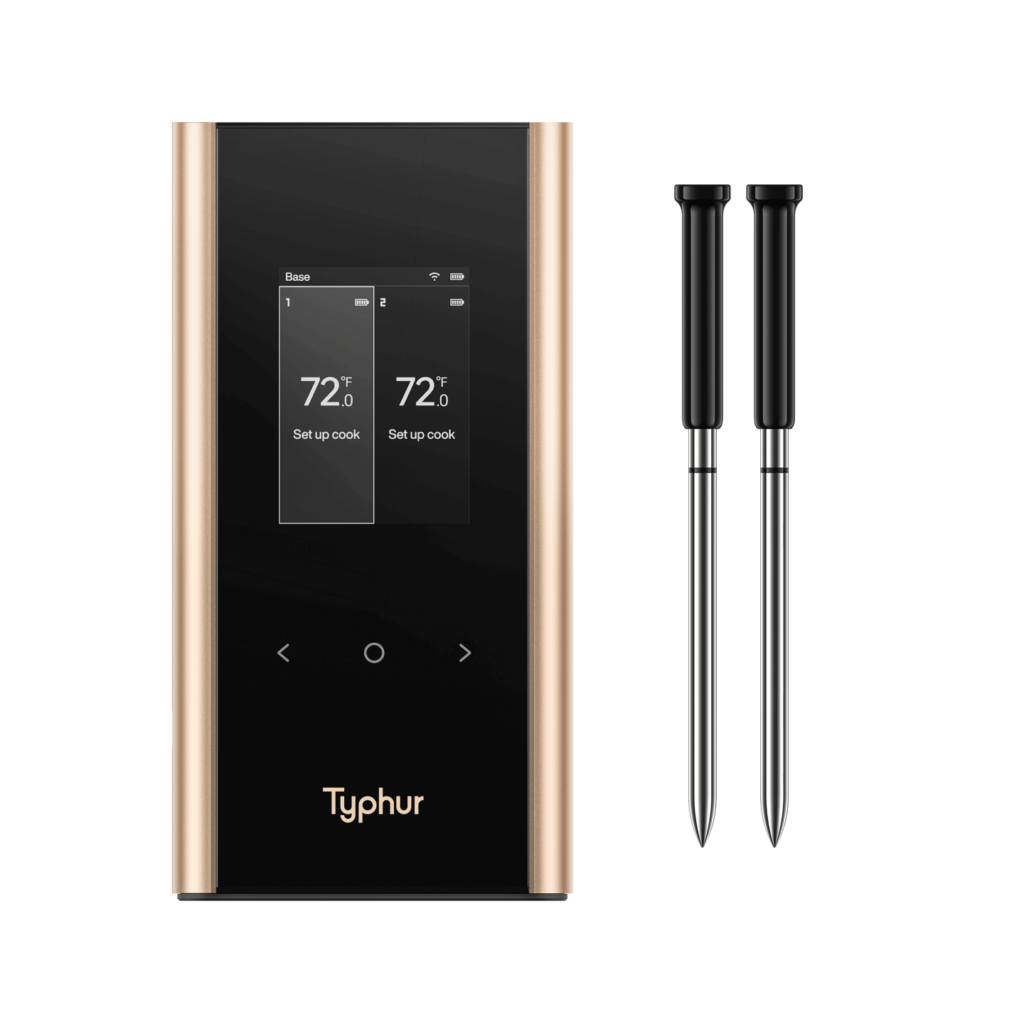
Long Range Wireless Meat Thermometer
“Slow” means giving time the driver’s seat. A pork shoulder won’t rush for anyone. Brisket sure as hell won’t. These cuts need hours—sometimes a full day—to relax into their best selves.
Why does this work? Two words: collagen and moisture.
Tough cuts (think brisket, pork shoulder, short ribs) are loaded with connective tissue. High heat makes them tense up like a nervous gym newbie. But low heat? That’s like a spa day. Over time, the collagen dissolves into gelatin, basting the meat from the inside out. Meanwhile, methods like smoking, braising, or even sous vide keep the environment humid—no Sahara-dry meat here.
Different Methods of Low and Slow Cooking
Not all low-and-slow cooks are created equal. Each method has its own character – some whisper with subtle smoke, others scream with meaty, rich intensity. Here’s your guide to the heavy hitters:
Smoking
Best for: Brisket, ribs, pork shoulder
Smoking at 225-275°F permits hardwood (hickory, oak, cherry) to weave its magic over the course of several hours. The bark sets, the smoke ring forms, and that collagen melts completely. Pro tip: The stall isn’t your enemy – it’s nature’s method of creating anticipation.

Braising
Best for: Pot roast, osso buco, short ribs
Your Dutch oven is a time machine in this case. Sear the meat, flavor and liquid add (wine, stock), and let the oven work its magic at 300°F for several hours. The reward? Meat that falls apart with a frown and sauce that makes a shoe edible.
Stewing
Stewing is similar to braising but involves cooking the meat fully submerged in liquid. The meat and vegetables cook together in a pot for hours, resulting in tender meat and flavorful broth. A classic example is beef stew or osso buco, where the slow cooking process results in melt-in-your-mouth meat and rich, flavorful broth.
Sous Vide
Best for: Steaks, chops, even vegetables
Sealed bags + tightly controlled water baths (130-170°F) = consistently perfect doneness. It’s cheating – if cheating meant never overcooking again. Finish with a quick sear for that perfect crust. Learn about what is sous vide cooking.
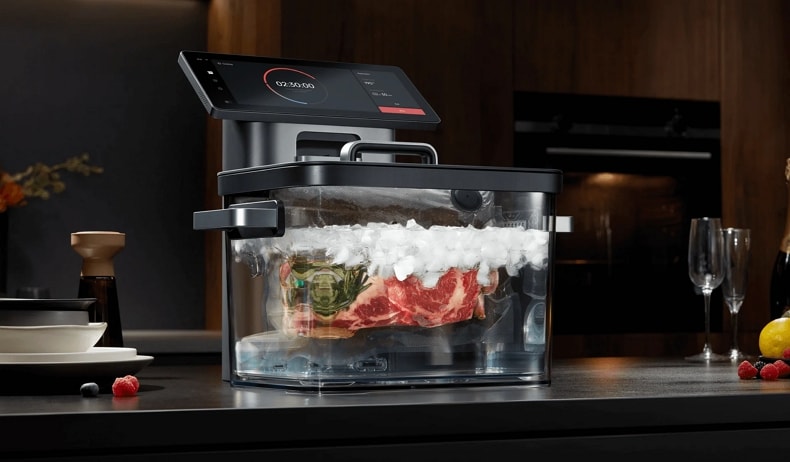
Slow Roasting
Best for: Whole chickens, pork loin, leg of lamb
250°F oven + time = juicy results without babysitting. The lower heat means even cooking edge-to-edge, no dried-out exteriors. Bonus: Your kitchen smells amazing for hours.
Pit Barrel Cooking
Best for: Whole chickens, ribs, turkey
These convection current-employed vertical drums flow heat and smoke. Faster than usual smoking (though slightly warmer temps), but still giving it that authentic taste. Best used for those beginners out there not willing to fork out money on an actual smoker yet.
Ideal Cuts of Meat for Low and Slow Cooking
For low and slow cooking, there are some cuts of meat that really shine. Pork shoulder is a classic—slow-cooked, it’s juicy and tender and perfect for pulled pork. Brisket is always a crowd-pleaser; the long cooking time breaks down the fat, giving you that melt-in-your-mouth texture. Ribs—pork or beef—always benefit from low and slow cooking, tenderizing and growing juicy as the fat renders.
But it’s not just the usual suspects. Chicken thighs are wonderful as well. They stay moist better than breasts and become incredibly juicy when slow-cooked. If you’re feeling adventurous, try beef chuck, which is perfect for stews, or oxtail and beef cheeks, which are extremely gelatinous and full of flavor when slow-cooked. These cuts yield a luxurious texture and tenderness that you simply can’t get with leaner, quicker-cooking meats like tenderloin.

Best Thermometer for Low and Slow Cooking
I’ll take the blame—I was that guy. The one poking his brisket every 20 minutes, opening the lid on the smoker like I was checking on a sleeping baby, and essentially letting all the heat (and patience) escape. (Note: each inspection can cause temperature drops of 10-30°F)
Here’s the cold, hard reality: Low and slow isn’t all about time. It’s about taking temperatures hostage. A 5°F fluctuation can turn collagen into velvet or leather.
For tracking the low and slow cook, you really need a smart wireless meat thermometer. The collagen and tough cuts of meat play by their own rules. That magical transformation from tough to tender starts around 170°F (79°C), but the real sweet spot? Between 195-205°F (90-96°C). And guess what? You can’t eyeball that. I’ve ruined enough briskets to know.
Now, with the Typhur Sync Gold, just place the probe into the thickest part of the meat, and I can check the ambient and internal temperature of the meat in real time.
And the best part? No more guesswork. When my phone buzzes to tell me we’ve hit 203°F, I know that collagen has melted into meaty velvet. No poking, no stabbing, no second-guessing.

Long Range Wireless Meat Thermometer
Low and Slow Cooking Recipes
Smoked brisket is a classic low and slow cooking recipe. Set the smoker to 225℉/107℃ and cook the brisket until it reaches an internal temperature of 200℉/93℃. Usually takes around 8 hours.
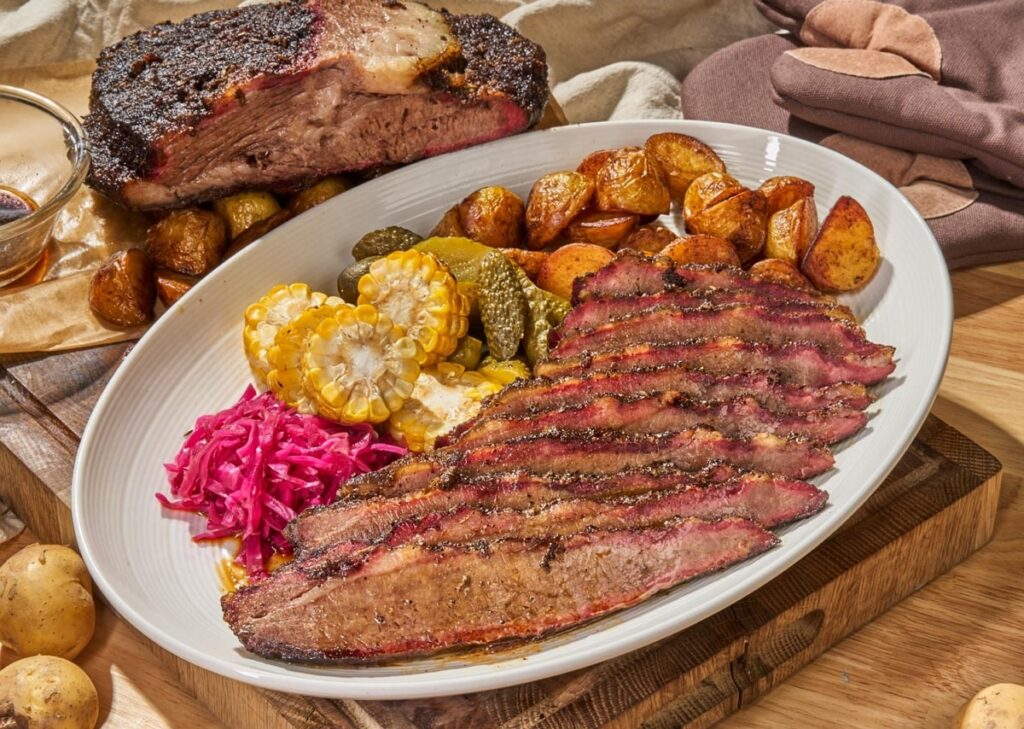
Smoked pulled pork usually use a big pork cut, often the pork butt, seasoned with spices. Then, smoke over hours at low heat, around 225°F to 250°F.
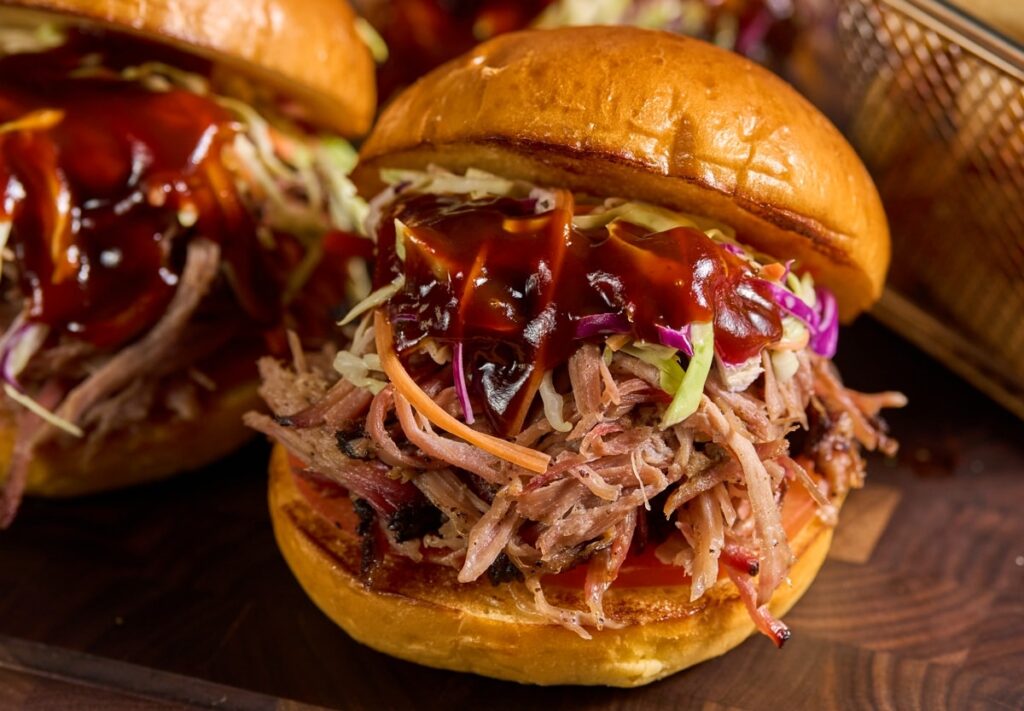
Fire up your smoker and set it to a temperature between 225°F (107°C) and 250°F (121°C). Aim for an internal temperature of around 140℉/60℃ for a fall-apart tender result.



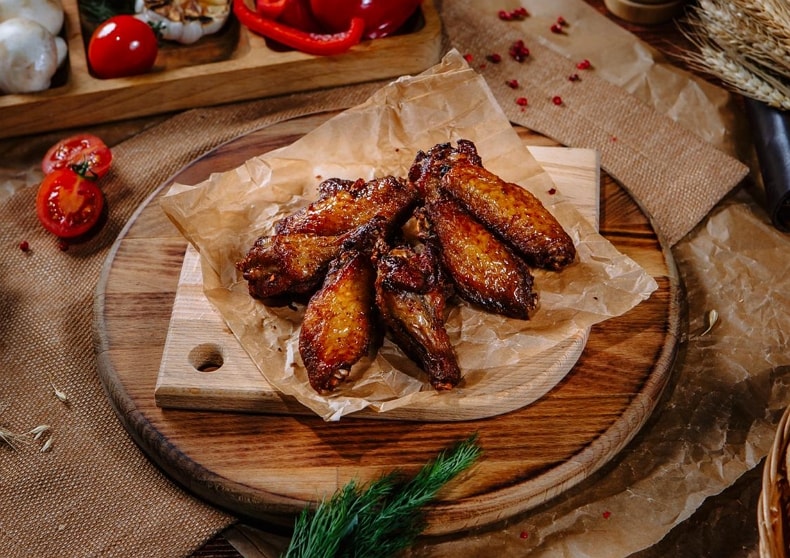
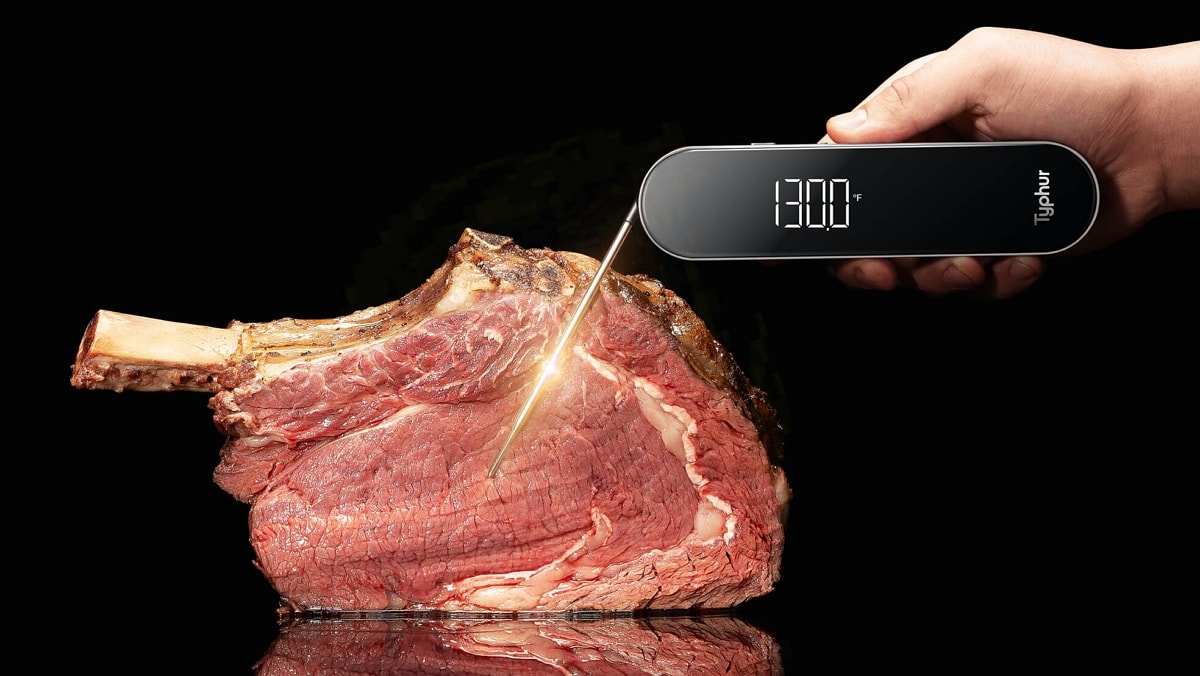
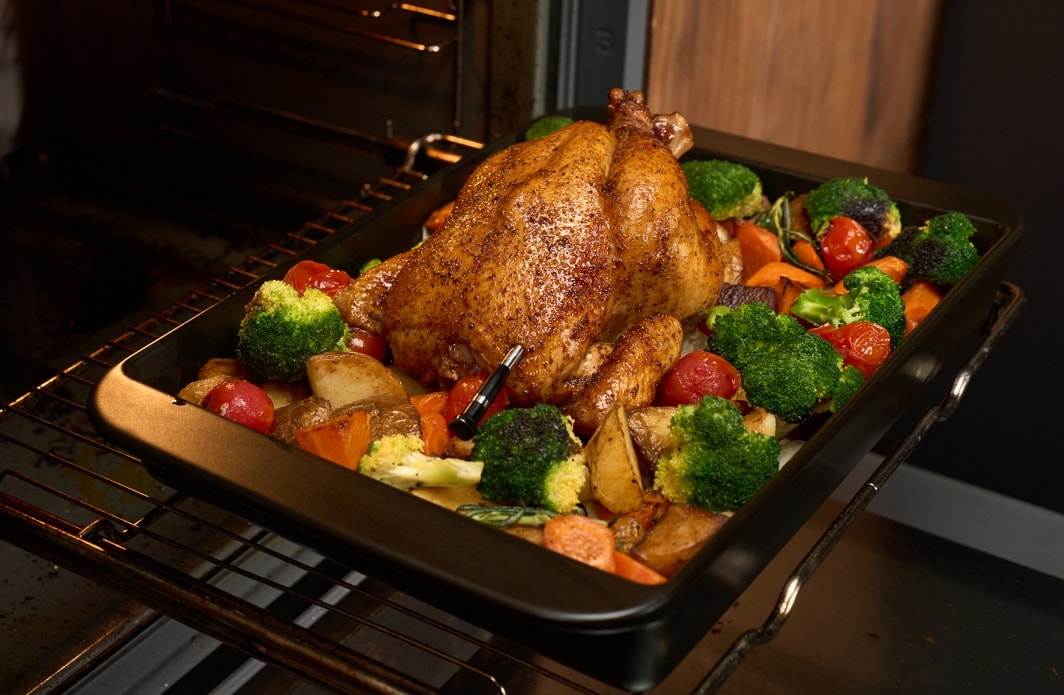
Great post, I can wait to try this recipe
Your content is always so easy to engage with, I love it.